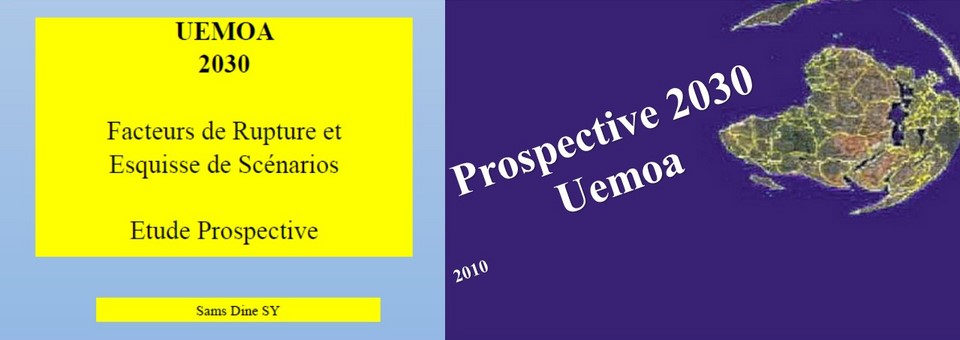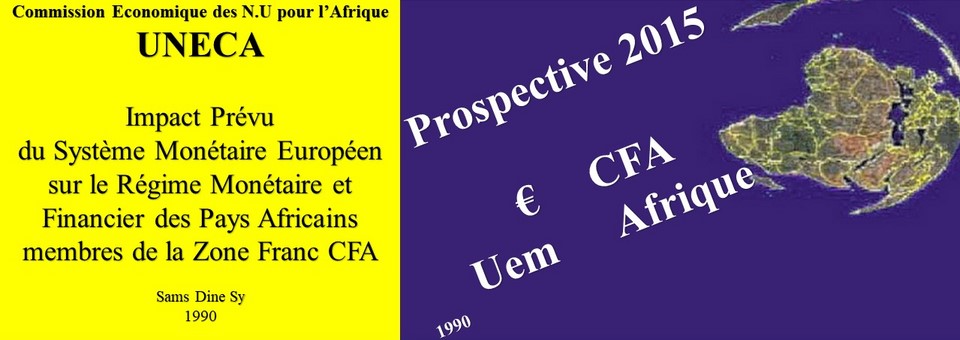COMMUNAUTES ECONOMIQUES REGIONALES CERs
RECs Action Plan
RECs 2006 ACTION PLAN
The RECs Capacity Needs Conceptual Framework
Strengthening RECs constitutes a major step to improve their contribution to the growth and investments infrastructures management in order to achieve MDGs in Africa. Extent of the insufficiencies to be filled and which place Africa lager behind the other areas of the world (table 1), joined to the complexity of the tasks to achieve implies to widen the traditional vision of the “Work of REC” and of the capacity building requirements in the light of the mandate that confers to them the Treaty of the African Union, the NEPAD and the Short-Term Action Plan for infrastructures (PACTI).
The approach adopted by this report consists in identifying the basic capacities to fulfill the core functions in economic management of a space regional in conformity with their mandate. These capacities cover the principal stages of the policy cycle – policy analysis, formulation, decision-making, implementation and management. The performance evaluation of the RECs in each one of these fields delivers the conclusions for the basic capacity needs.
On these last are grafted specific capacities to implement the PACTI as well as the NEPAD. These specific capacities cover the essence of the “value chain” of the infrastructures. The implementation of so complex regional projects and mobilizing a multi-partner financing requires infrastructures technology choice assessment capacities, , design and industrial engineering capacities, public expenditure and procurement management capacities, service delivering, financing, operationalisation and exploitation capacities.
But this first level of capacity will not make it possible to accompany the satisfactory installation by the broad range of transafrican infrastructures networks and continental universal public services. The value chain of these networks utilizes an impressing number of actors, including regulation authorities and executing agency, global firm and donors. RECs which is with the two ends of the chains must inspire confidence to attract the s financial external partner which required absorptive capacity of external financial flows, management capacities and financial engineering, control, monitoring, communication and high level reporting.
The installation of the transafrican infrastructures networks on the strategic axes of Africa provides the base to carry out a growth rate of 7% in Africa in 2015 and one substantial will increase intra and inter regional trade. RECs will be confronted with still new problems, of macroeconomic management, management of the investment and governance in particular to fight against the corruption on a large scale, to reduce the regional disparities and inequalities and to slow down the brain drain. To maintain the benefits of the regional integration and to strengthen them, it will be necessary to increase the economic knowledge base in fields where the creation and the diffusion of the knowledge are carried out at a confusing speed and to transform the Regional Economic Community into a core competence having the critical mass of skilled staffs to insufflate dynamism and autonomy to the whole continent.
The building process operates in a cumulative and interactive way to culminate with the constitution of excellent RECs which plays a growth part in regional integration (Graphic 1).
The weaknesses of RECs in these various fields are important although of variable width. RECs Building Process relates to basic capacities, to specific capacities, to knowledge base and to core competence. The weak performance of RECs in regional integration imposes a selective approach, by Community and group of the Community.
The following section presents the situation of RECs in each field of the analysis by reviewing key issues, strength and weaknesses as well as the assumptions to be retained.
Capacity needs; 2006
CADRE STRATEGIQUE ET PLAN D’ACTION POUR LA MISE EN ŒUVRE DU PACT/NEPAD
Executive Summary
Key issue
Overall Capacity Needs
Strategic Framework
Performance Targets
Budget Estimation
RECs Capacity Building Pledge
Goals, Objectives and Action Plan by REC
Main Findings and Recommendations
I. RECs need to improve delivery, outcomes and value for money of programs
Profile, Core Functions and Capacities to Achieve Africa Regional Development Goals
Challenging NEPAD/STAP Implementation
Relevance and Effectiveness Capacity Buiding interventions
Knowledge Base for Regional Integration
Competencies Management Model
II. RECs Strategic Plan
Capacity Needs
Goals, Objectives and Action Plan
Performance Targets
Budget Estimation
--------------------------------------------------------------------------------------
A SURVEY OF THE CAPACITY NEEDS OF AFRICA’S REGIONAL ECONOMIC COMMUNITIES
author :
Part 1 : COMMUNAUTES
CEMAC
CEN-SAD
UEMOA
CEEAC
Strategic Framework
contributor :
Executive summary
Part 1 : Synthesis of Finding
Part 2 : COMESA
Editor : The African Capacity Building Foundation









